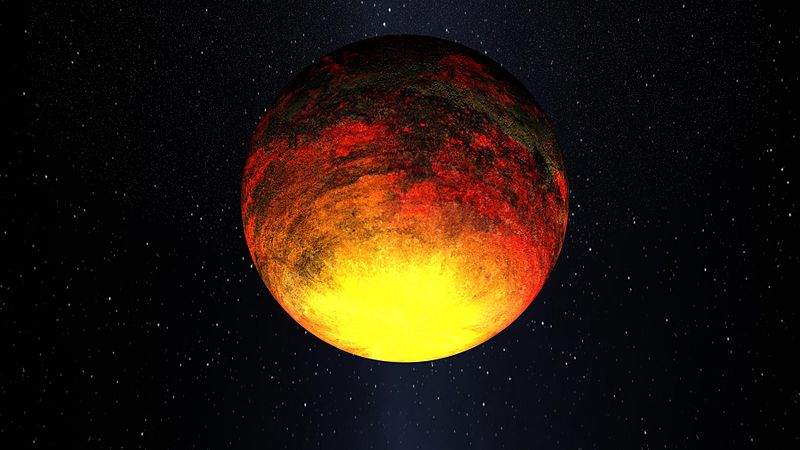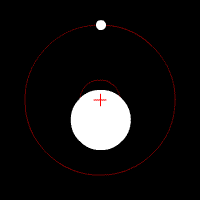Added 1 new A* page:i loved how you are able to show emotion and even hints at facial expressions even when characters had masks on. The graphics and the style is befitting of the story, almost like a space Noire. I really dig it, keep up the good work, i'll be chiming in for updates.
-- www.Comicordy.com |
I forgot to plug myself last week, but this week I'm so on the ball! I do a weekend comic called "The Princess and the Giant" that updates Sundays, which you might like to check out some time! Here's a handy teaser link thing to last Sunday's strip:

~~~~
I happened to have to reboot a few days ago...can't even remember why, now...and got a look at my desktop, which I pretty much never see, and imagine what I should find there but an old A* news update I never posted! I pretty much never write them up and *don't* post them, but I think I felt like what I had was too much to stick into one news post, or something (I have tended not to worry about gargantuan news posts lately, you may have noticed. :P). So here is the previously unpublished sequel to this news post from back in mid-February (so I haven't rebooted in a long time, nyah :P):
~~
Now, I said "almost all" of the exoplanets found so far have been the big hot gassy types; well, just last month [Update: that would be January, now :p], scientists confirmed to their satisfaction that Kepler had found the first known rocky exoplanet--which means a smaller planet made of hard stuff like Earth, rather than a gas giant. Planet Kepler-10b, about 560 light years from Earth, is only a little larger than Earth, but four times as massive (the Wikipedia article describes it as having "the density of an iron dumbbell"). Like the other planets found by Kepler, it's very close to its star, so close that the sunny side gets hot enough to melt iron, and orbiting so rapidly that a Kepler-10b year is shorter than an Earth day. And rolling in more NASA artwork, here's their idea of what it might look like:

image by NASA (source)
It's also interesting how they confirmed its existence: Kepler's eight months of light observations of the star showed that it dimmed by "one part in ten thousand" every 0.83 days, which seemed to indicate a small, close planet--which would be big news. So then the Keck Observatory studied the star with its HIRES instrument ("High Resolution Echelle Spectrometer") to get a very detailed spectral reading of the star's light: detailed enough to detect a steady shifting in the relative red and blue color of a star's light, which would occur if the star was being tugged toward and away from the observer by an orbiting planet, like so:

image by Zhatt (source)
(Although in the case of Kepler-10, that Sun-like star would be relatively much larger than the planet, and wobble much less.)
That type of study of light is called Doppler spectroscopy, and indeed they were able to confirm a shifting in the light which, in light Kepler's findings, could only be due to the star being tugged by a tiny, heavy, nearby planet, and so Kepler-10b went into the record books!
|
